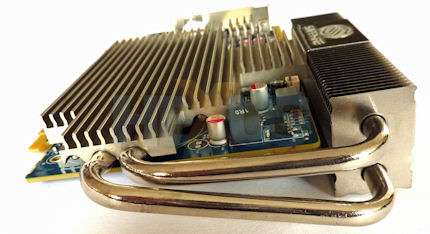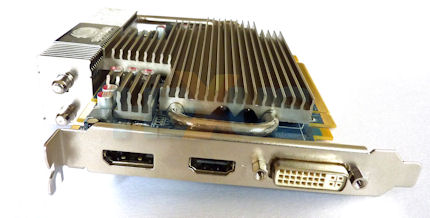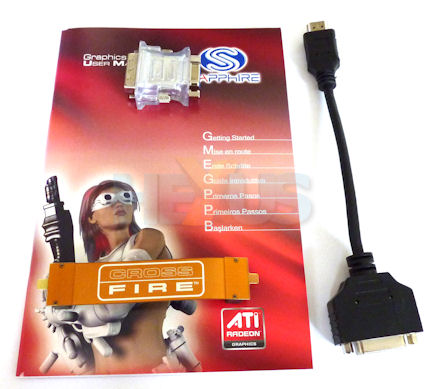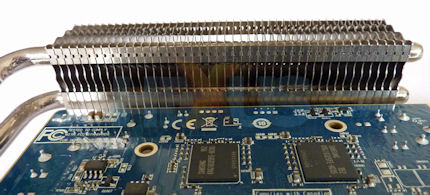Sapphire gives the HD 5670 the silent treatment
Can you hear the birds singing in the garden? Well, either you don't have a garden or the noise emitted by the PC drowns out one of nature's wonders.A PC can only be truly quiet if it has the bare minimum of moving parts inside. Such is the power-draw of the latest components, often pulling well over 100W each for the CPU and GPU, that employing zero-noise cooling requires some rather nifty engineering.
ATI's largest add-in board partner Sapphire has considerable heritage in turning mid-range GPUs into fan-less graphics cards. The latest in a long line to receive the silent treatment - no, it wasn't a naughty card - is the Sapphire Radeon HD 5670 Ultimate.
Sapphire runs with a two-part heatsink that's connected via two 7mm heatpipes. A further 'pipe runs exclusively through the main heatsink. One could surmise that the clocks have been turned down to keep temperatures in check. Rather, the Ultimate ships with full-fat HD 5670 frequencies of 775MHz core and 4,000MHz memory. Lovely.
Radeon HD 5670 can pull up to 60W when rendering pixels, representing pretty much the limit for zero-fan heatsinks. Construction is solid because the two parts of the heatsink are joined at the top, but the mass of cooling means the smaller heatsink sticks out from the card.

Although
not explicitly mentioned by
Sapphire in any documentation, we would recommend decent airflow
through the chassis, enabling the heatsinks to be cooled.

Low
power requirements mean that the
card doesn't require additional power; the PCIe x16's juice is enough
to keep the Radeon HD 5670 beavering away.

The
card's outputs include dual-link
DVI, HDMI and DisplayPort, intimating that the Ultimate is compatible with
a three-screen Eyefinity setup,
assuming one of the monitors is powered through the DisplayPort
connector.

Making the most of what the Radeon HD 5670 has to offer, the Ultimate
is outfitted with a 1,024MB framebuffer.

Sapphire
increases display flexibility
by including a
DVI-to-VGA and HDMI-to-DVI adapters. Currently costing £99.99
and presenting a £15 premium over same-clocked fan-powered
models, is it worth it? Let's find out.




